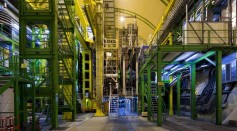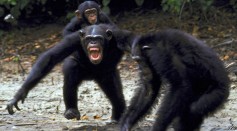science

CERN’s Large Hadron Collider Adds Two New Subatomic Particles to the List

Most Heavy Drinkers in the U.S May Not Necessarily Be Alcoholics

Humans and Mice Are Two Identical, Yet Different Creatures

Russian ‘Satellite Killer’ May Spark International Warfare

Energy Drinks Are Dangerous to Young Kids, Study Says

Trans Fat Causes Poorer Memory, Study Says

Philae Lander Reveals Organic Molecules on Comet 67P

Can U.S. Supercomputers Regain Top Title?

Should Mysterious Craters in Siberia Be Cause for Concern?

China’s Supercomputer Tianhe-2 Reigns Supreme

Emotional Stress Has More Dangerous Effects on a Woman's Heart

A 10-second Kiss May Transfer up to 80 Million Bacteria

Massive Crater in Siberia Sparks Conversations of UFOs and Bermuda Triangle

In Chimpanzee Sexual Selection, Nice Guys Finish Last
Most Popular

AI Revolution in Medical Education: Transforming How Healthcare Professionals Learn

Optimizing Complex Catalog Systems with Graph Theory and Indexing

Out of Office, Not Out of Mind: Planning for Employee Holiday Absences

Nikolay Karpenko Biography, Photo, Career, Accomplishments






